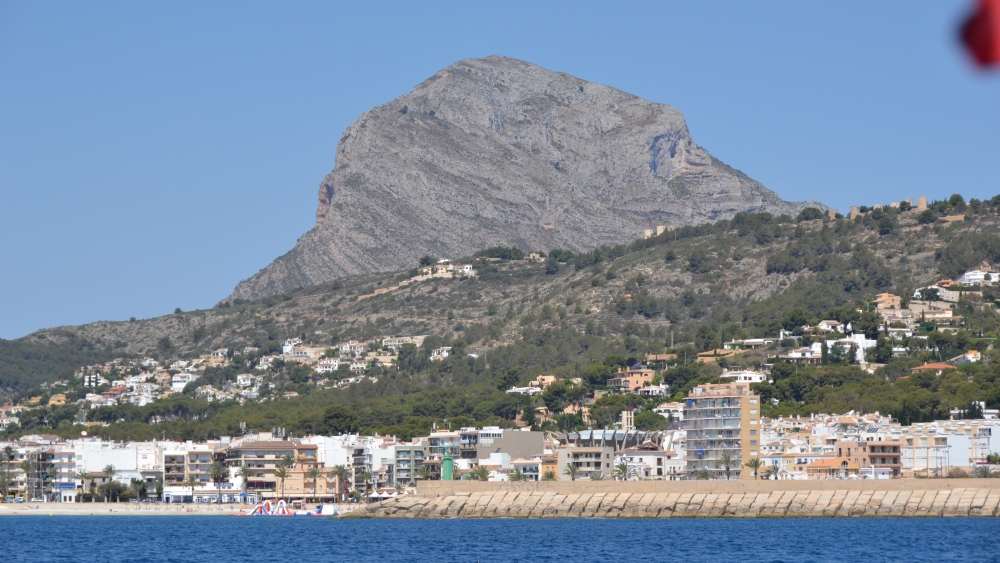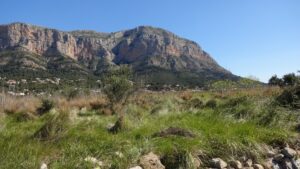Xàbia accounts for almost 40% of all tourist accommodation in the Marina Alta
The Marina Alta is a tourist region, it lives off it, but residents are crying out for measures to ensure that tourism does not absorb all the life in the municipalities, since tourists come and go, but they are the ones who stay.

According to provisional statistics provided by the National Institute of Statistics (INE), the province of Alicante has the highest number of tourist homes in the whole of the Comunidad Valenciana, a total of 41,179 registered at the end of 2024, which accounts for almost two-thirds of the regional figure of 64,745.
These figures were analysed during a conference “Challenges of the Governance of Tourist Rentals in Holiday Destinations” which took place in Calp last week which looked at the state of tourism accommodation at national, regional and provincial levels and particularly considered two issues that arise from the growth in VUT (Viviendas de Uso Turístico) across the region; the problems that they cause in municipalities, and the need for regulate them to guarantee a healthy coexistence between owners, businesses and residents as well as the impact on the increase in sale and rental prices.
The availability of annual rentals have been considerable reduced in many areas since property owners understand that the profit made from tourist rentals far exceeds the long-term rentals. In addition, the presence of VUT can cause noise disturbances and uncivil behaviour as well as the saturation of public spaces and services. In order to prevent a loss of identity and social cohesion, the promotion of responsible and sustainable tourism is essential.
José F. Perles Ribes, head of Economic Promotion in Calp, explained that a 1% increase in registered tourist accommodation could increase the rental price of a property by 0.15% and the sale price by 0.73%. Manuel Miró added that it had been estimated that just over 22% of the total housing supply in Calp is for tourist rentals.
An analysis of the data provided by INE showed that the coastal strip is the area which is most saturated with tourist accommodation with the Marina Alta and the Vega Baixa del Segura, located in the extreme south of the province, accounting for the vast majority of VUT.
The figures show that the Marina Alta has about 15,000 such properties – although it is considered that the actually higher – with data provided by the Comunidad Valenciana Tourism Registry recording that 5,901 are located in Xàbia, 5,516 in Dénia, 5,320 in Calp, 2,402 in Teulada-Moraira, and 1,398 in Benissa. In recent months, there has been intense debate over concerns about the potential for over-saturation which has led to some local councils suspending the issue of tourist licences.
The lack of control of tourism accommodation in the past has created a number of challenges and the conference considered that there needs to be further studies made by experts to determine the actual impact of VUT whilst also putting in place the necessary mechanisms to promote social and affordable housing.
Some ideas put forward at the conference included establishing a limit on the number of VUT in an area to create a better balance with residential demand, creating rental pools, renovating empty housing for social rental and imposing fees on the owners of empty housing to encourage its use. There was also a proposal for local authorities to be able to make inspections to determine the legality of tourist accommodation and detect irregularities in the tourism sector as a whole.
The conference summarised that, although tourist rentals are profitable in business terms, it is clear that residents themselves may have a negative opinion of the activity. They live with it and sometimes it causes problems that they have to deal with. Marina Alta is a tourist region, it lives off it, but residents are crying out for measures to ensure that tourism does not absorb all the life in the municipalities, since tourists come and go, but they are the ones who stay. The need now is to achieve a distribution of space that does not worsen the living conditions of the locals, but that allows tourism to continue in the most sustainable way possible.






